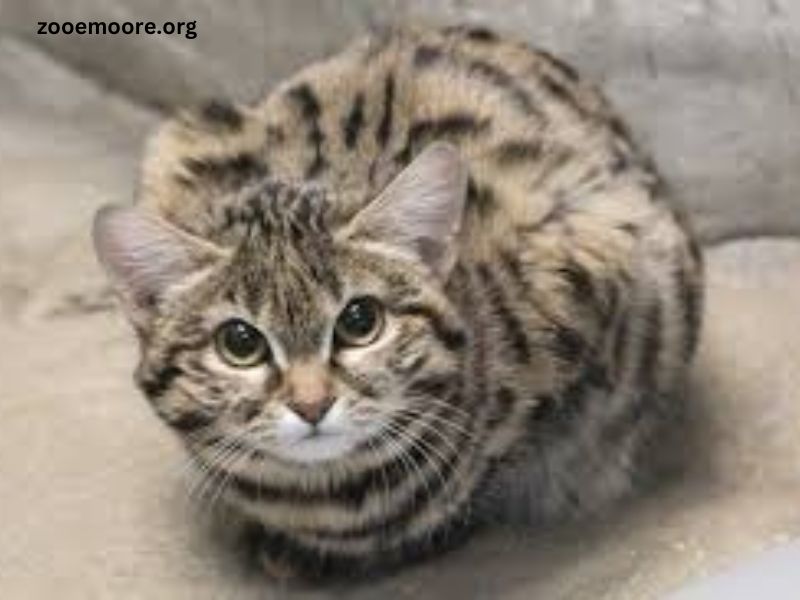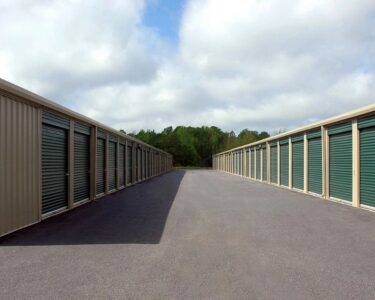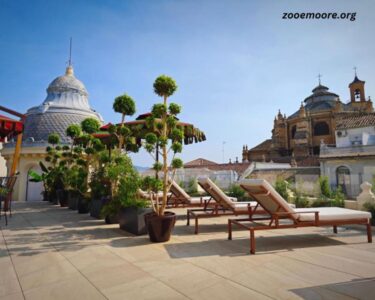Utah’s Hogle Zoo, nestled in the picturesque landscape of Salt Lake City, is a haven for wildlife enthusiasts and animal lovers. Among its diverse collection of animals, one standout species that captures the imagination of many visitors is the black-footed cat (Felis nigripes). This small yet intriguing feline, native to southern Africa, offers a unique glimpse into the lives of some of the most elusive and endangered cats in the world.
Understanding the Black-Footed Cat
The black-footed cat, often dubbed the “world’s deadliest cat” due to its high predation success rate, is a small but formidable predator. Weighing between 2 to 4 pounds and measuring around 14 to 20 inches in body length, this cat is one of the smallest wild cats in the world. Despite its diminutive size, the black-footed cat plays a crucial role in its ecosystem as an apex predator.
Physical Characteristics and Adaptations
The black-footed cat is named for its distinctive black markings on its paws. These markings, along with its pale, sandy-colored fur with dark stripes, help it blend into the arid landscapes of its native habitat. This camouflage is essential for both hunting and avoiding predators.
The cat’s large, rounded ears are highly sensitive, aiding in detecting prey even in the dead of night. This nocturnal predator is adapted to its environment with a robust sense of hearing and sharp, retractable claws. These adaptations make it a proficient hunter, capable of taking down prey much larger than itself.
Habitat and Range
Black-footed cats are native to the southern regions of Africa, particularly Botswana, Namibia, and South Africa. They thrive in semi-arid and arid environments, including savannas and scrublands. Their solitary nature and elusive behavior mean that they are rarely seen in the wild, making them a subject of fascination for wildlife researchers and enthusiasts alike.
The Black-Footed Cat at Utah’s Hogle Zoo
Utah’s Hogle Zoo is one of the few places outside their native range where the black-footed cat can be observed by the public. The zoo has made significant efforts to ensure the well-being and conservation of these remarkable animals. Here’s a closer look at the black-footed cat’s life at Hogle Zoo.
Habitat Design
The black-footed cat’s enclosure at Hogle Zoo is meticulously designed to mimic its natural habitat. The enclosure features a mix of sandy terrain, rocks, and sparse vegetation, replicating the arid landscapes of southern Africa. This design not only provides a suitable environment for the cats but also encourages natural behaviors such as climbing, hiding, and hunting.
Behavior and Enrichment
The black-footed cats at Hogle Zoo are given a variety of enrichment activities to stimulate their physical and mental well-being. Enrichment activities are crucial for captive animals, helping to replicate the challenges they would face in the wild. For black-footed cats, this might include puzzle feeders, scents to track, and various objects to interact with. These activities help to prevent boredom and promote natural hunting and foraging behaviors.
Diet and Care
The diet of the black-footed cats at Hogle Zoo is carefully managed to meet their nutritional needs. In the wild, these cats primarily hunt small mammals, birds, and insects. At the zoo, they are provided with a balanced diet that includes a variety of meat and nutritional supplements to ensure they remain healthy. The zoo’s veterinary team closely monitors their health, providing regular check-ups and medical care as needed.
Conservation Efforts and Education
One of the key missions of Hogle Zoo is to promote conservation and raise awareness about endangered species. The black-footed cat is classified as Near Threatened by the International Union for Conservation of Nature (IUCN), and its population in the wild is declining due to habitat loss, human-wildlife conflict, and climate change.
Conservation Programs
Hogle Zoo is actively involved in conservation efforts for the black-footed cat. This includes supporting field research and conservation programs aimed at protecting their natural habitats and addressing the threats they face. The zoo collaborates with various conservation organizations to fund and implement initiatives that help safeguard these cats in the wild.
Educational Outreach
Education is a vital component of Hogle Zoo’s mission. The zoo offers educational programs and exhibits to inform visitors about the black-footed cat and the broader issues facing wildlife conservation. Through interactive displays, presentations, and guided tours, visitors learn about the importance of preserving natural habitats and the role they can play in supporting conservation efforts.
Connecting with Visitors
The black-footed cat exhibit is designed to engage visitors and foster a deeper appreciation for wildlife. Observing these elusive cats in their carefully crafted habitat provides a rare opportunity to witness their natural behaviors up close. The zoo staff are passionate about sharing their knowledge and enthusiasm for these fascinating animals, enhancing the visitor experience and encouraging a sense of stewardship for wildlife.
Challenges and Future Prospects
While the black-footed cats at Hogle Zoo thrive under the care of dedicated staff, there are ongoing challenges in their conservation. Habitat loss remains a significant threat, as human activities encroach upon their natural environments. Climate change also poses risks to their survival, affecting prey availability and altering habitat conditions.
Efforts to address these challenges include habitat restoration projects, anti-poaching measures, and community engagement programs. By working collaboratively with local communities and conservation organizations, there is hope for improving the prospects for black-footed cats and other endangered species.
Looking Ahead
The future of the black-footed cat depends on continued conservation efforts and public support. Zoos like Hogle play a crucial role in raising awareness and providing a safe haven for these incredible animals. By visiting the black-footed cats at Hogle Zoo and supporting conservation initiatives, individuals contribute to the ongoing efforts to protect these fascinating felines and ensure their survival for generations to come.
Conclusion
The black-footed cat at Utah’s Hogle Zoo represents a link to the wild and a reminder of the delicate balance of nature. Its presence in the zoo offers a unique opportunity to learn about one of the world’s smallest and most elusive wild cats. Through dedicated care, education, and conservation efforts, Hogle Zoo is playing a vital role in ensuring the survival of this remarkable species. As visitors marvel at the black-footed cat’s agility and charm, they also become part of a larger mission to protect and preserve the natural world.



